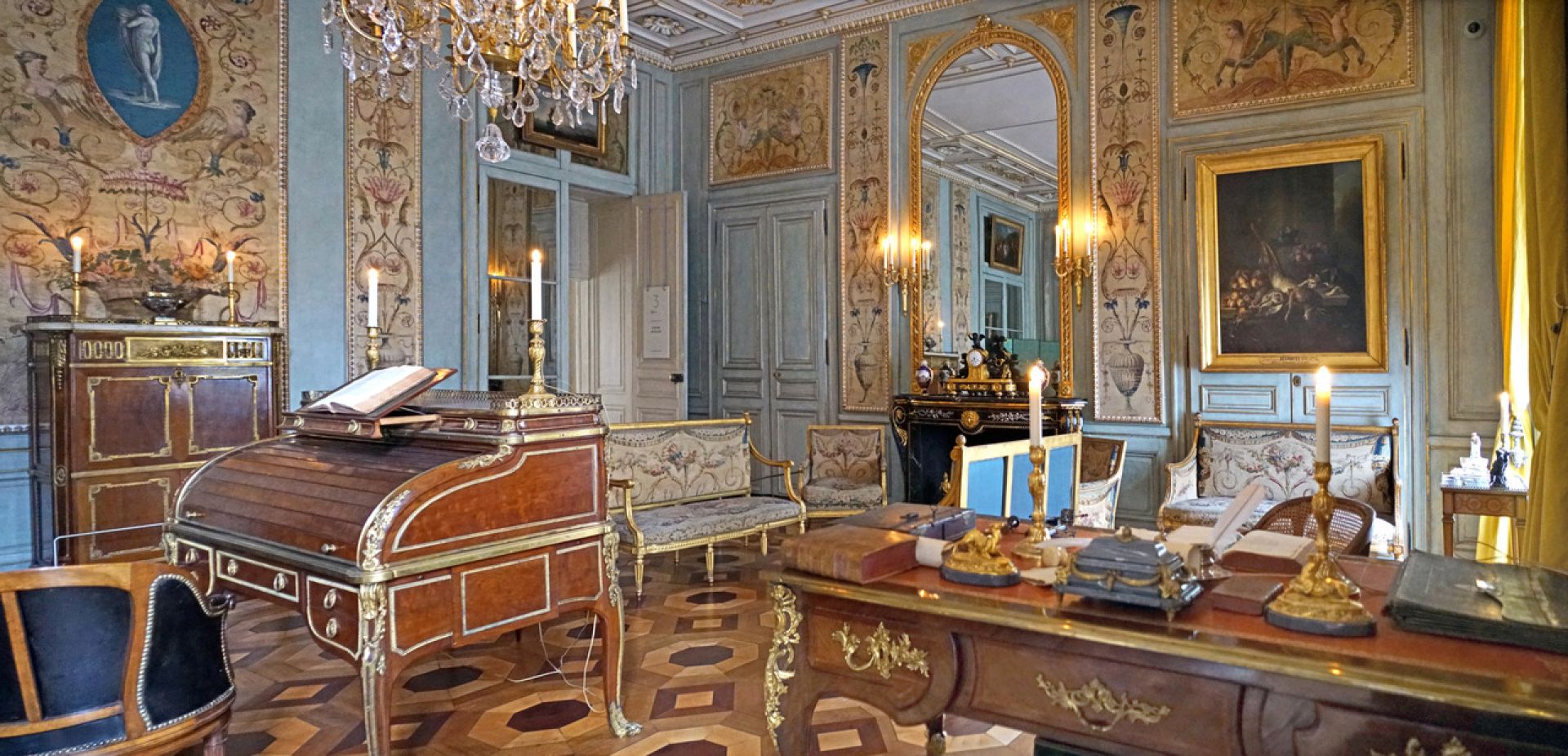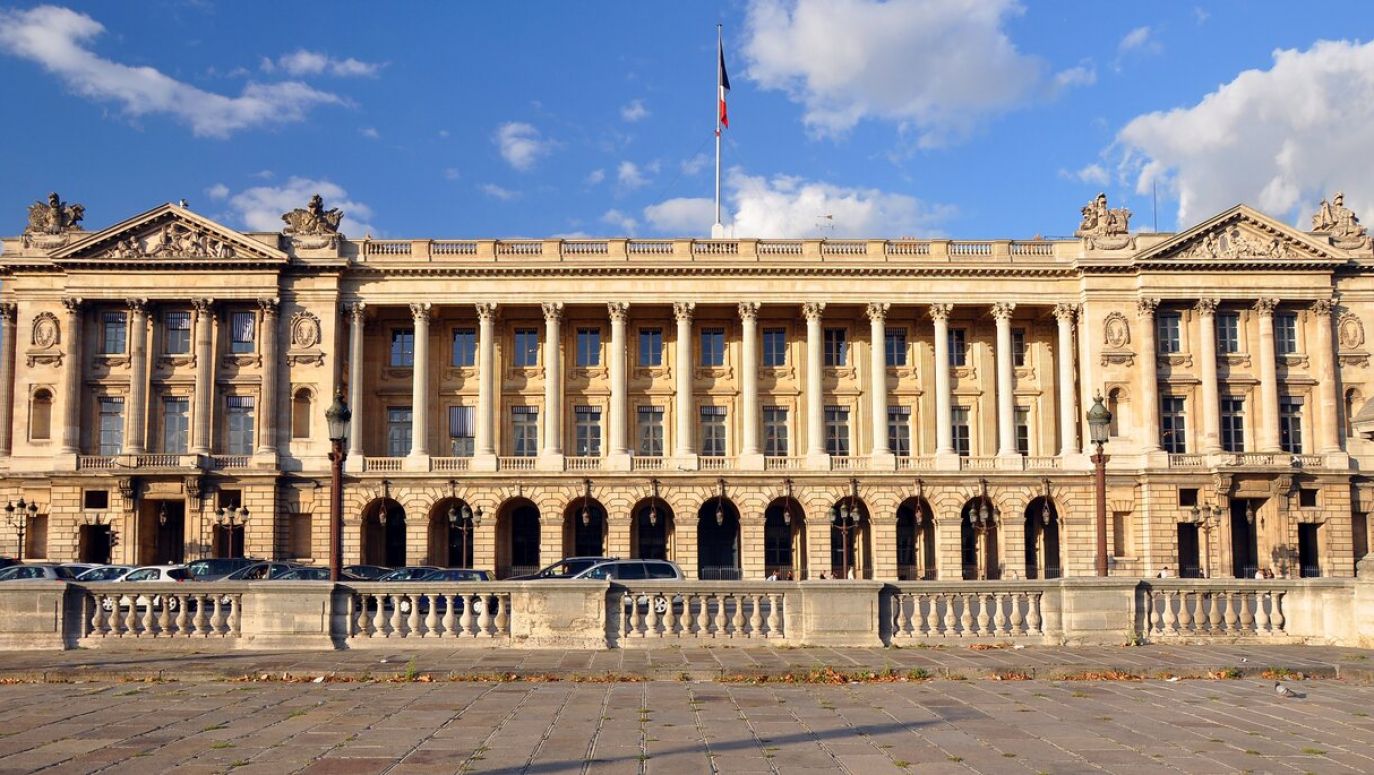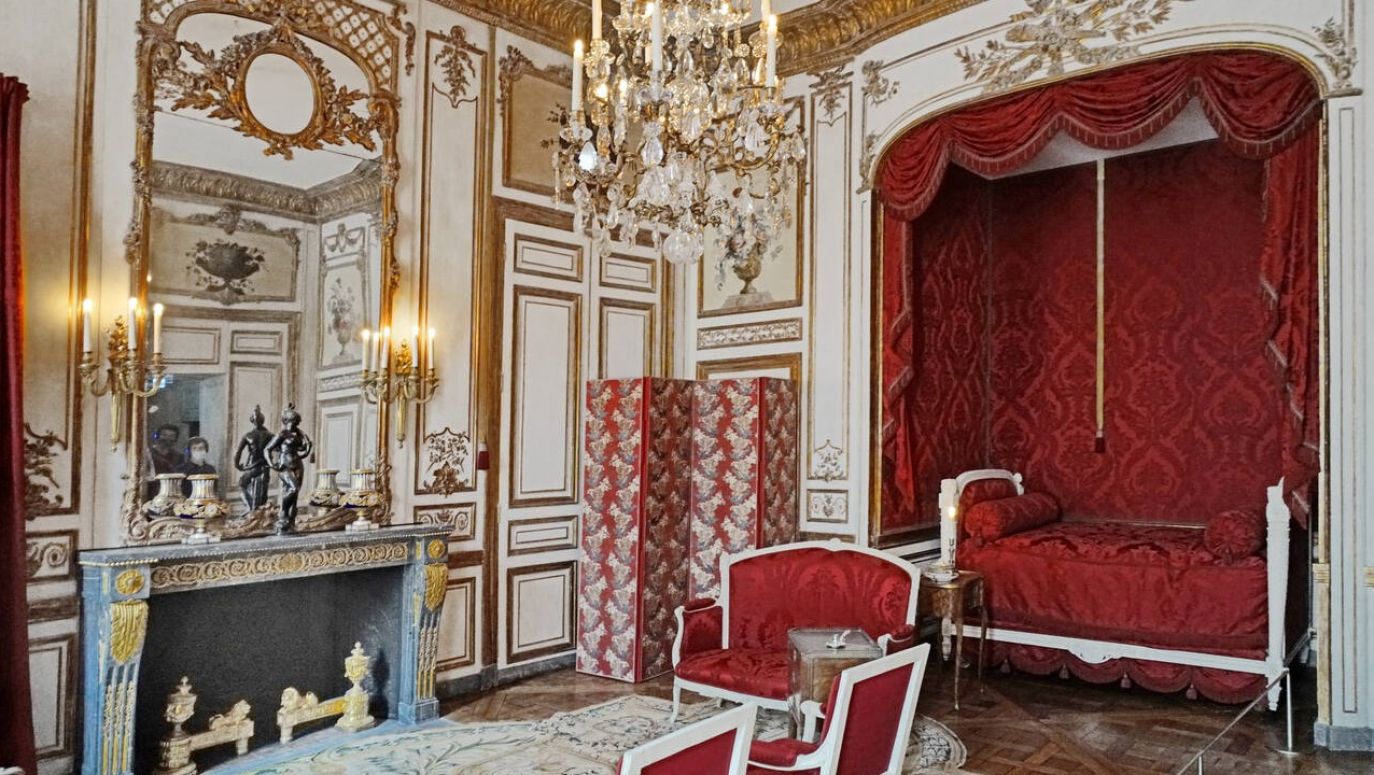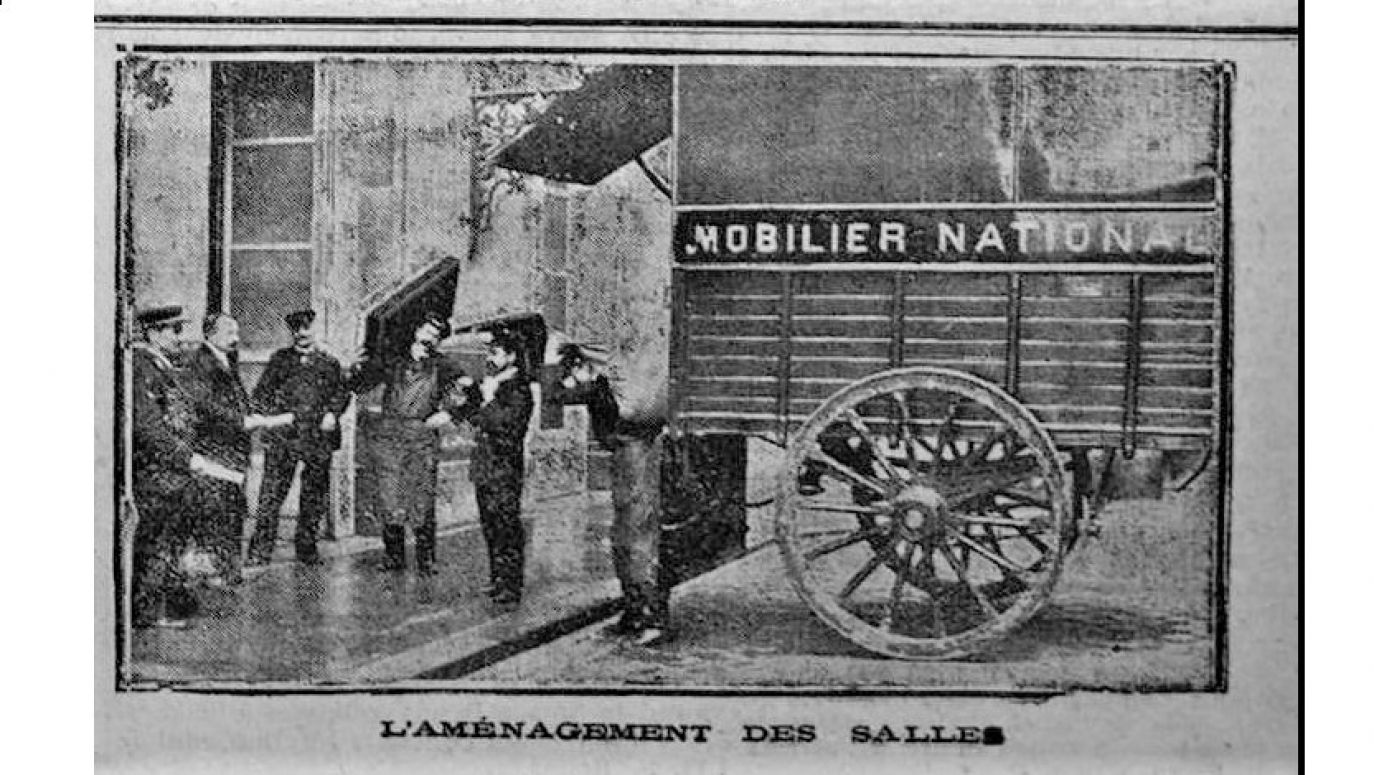Later, however, when these treasures were in the hands of the Republic, the inventory no longer seemed to be a priority. It was carried out in 1894 and then abandoned for over a hundred years. Along the way there were two world wars, dozens of changes of government, thousands of new ministers, and tens of thousands of prefects and ambassadors, each with a cohort of associates and officials.
During this period, only the Cour des Comptes, i.e. the French Supreme Audit Office, seemed to be interested in the fate of the national treasury and from time to time requested a more detailed inventory of all the furniture and works of art owned and deposited. Its public report from 1996 received wide media coverage and prompted the then PM Alain Juppé to set up a special commission (CRDOA) to oversee the inventory. It began its in earnest and since then it has been periodically reporting numerous irregularities to the competent authorities and filing complaints in the event of suspected theft.
The general inventory began in 2007 and revealed what everyone in the state administration feared, namely the gigantic scale of losses. Little, perhaps a few percent, of Colbert’s registers have survived from the ancien régime period. From the total state collections, already during the times of the Republic, approximately 15% of the stock disappeared irretrievably, of which perhaps 5% can be explained by destruction in wars, fires, removals and random accidents, and only 1% can be attributed to theft, as Jean-Pierre Bady, the first head of the CRDOA commission, translates with optimistic faith in the good nature of government officials.
However, when we look at the statistics, the figured seem to contradict this optimism. 73% of borrowed items cannot be found in central state institutions, such as the Elysée Palace, the National Assembly, the Senate, the Economic and Social Council, the Constitutional Council, the Council of State, the Court of Audit or the Court of Cassation. The situation is similar in ministries (62%) and foreign missions (55%), and slightly better in provinces, e.g. in prefectures (17%).
The numbers seem incredibly high, which is partly explained by the fact that pieces are counted, so a two-meter-high marble sculpture stolen from the Senate is counted the same as a broken cup from the Sèvres porcelain factory. It is well known that tableware and filigree trinkets are fragile and brittle, and they also deteriorate over time. For this reason, separate statistics are kept for porcelain, and with the exclusion of items from the Sèvres factory, “disappearance” drops from 73% to 10% in large institutions and from 62% to 26% in ministries.
Works of art do not disappear equally everywhere. They disappear mysteriously in great proportions in the Ministry of Agriculture (43%), the Foreign Ministry (40%) and the Ministry of Social Affairs (38%). In turn, the Elysée Palace lost “only” 12% of the borrowed items, although this “only” still means approximately 700 items. On the podium is the respectable Constitutional Council, which has “lost” only two of the 185 items entrusted to it.
There is no doubt that the new commission and its successive heads have a sense of mission: they inventory, search, draw up protocols, cooperate with specialized police departments... Jean-Pierre Bady boasted of the fact that he personally found 900 missing works of art. Sometimes they can be found in the attic or another office, but there have already been cases where furniture or porcelain bearing the Mobilier Natonal stamp have been found in antique shops and even on the website Le Bon Coin, the French OLX. From time to time, objects missing from embassies in Eastern Europe mysteriously end up on the Vienna Naschmarkt. Since 2014, there is even a special database, available to the public, containing approximately 22,800 items sought.
The commission has 2,300 complaints filed and another 900 waiting in the queue. 87 of them concern the president’s residence, and 60 – the prime minister’s. However, complaints are a last resort and are only filed if there is full documentation of the artwork, including a description, recent location, and preferably a photo. Sometimes it is simply not worth bothering the police, because the damage is negligible and the value of individual items is relatively low.
But only these 2,300 complaints, which concern a small percentage of missing works of art, mean work for the entire army of Misters Automobile for many years.
What were the consequences for Hubert Astier, the director of the Château de Versailles, who found himself in possession of valuable furniture because he simply refused to open the door to the officials when they came to give him the acceptance protocol to sign? In theory, for misappropriating property from the Mobilier National and selling it to an antique dealer, he could have faced up to five years in prison and a € 375,000 fine. He got off with a reprimand.
– Adam Gwiazda
TVP WEEKLY. Editorial team and jornalists
– Translated by Dominik Szczęsny-Kostanecki

 SIGN UP TO OUR PAGE
SIGN UP TO OUR PAGE
 The art police were astonished to discover that the former director was probably selling off furniture from the palace’s collection, i.e. state property, which had only been lent to him to furnish his official apartment. It wasn’t just the green felt-covered gaming table that attracted the attention of palace conservators, but a total of 18 pieces of furniture, each of which bore the seal and signature of the state furniture collection.
The art police were astonished to discover that the former director was probably selling off furniture from the palace’s collection, i.e. state property, which had only been lent to him to furnish his official apartment. It wasn’t just the green felt-covered gaming table that attracted the attention of palace conservators, but a total of 18 pieces of furniture, each of which bore the seal and signature of the state furniture collection.






